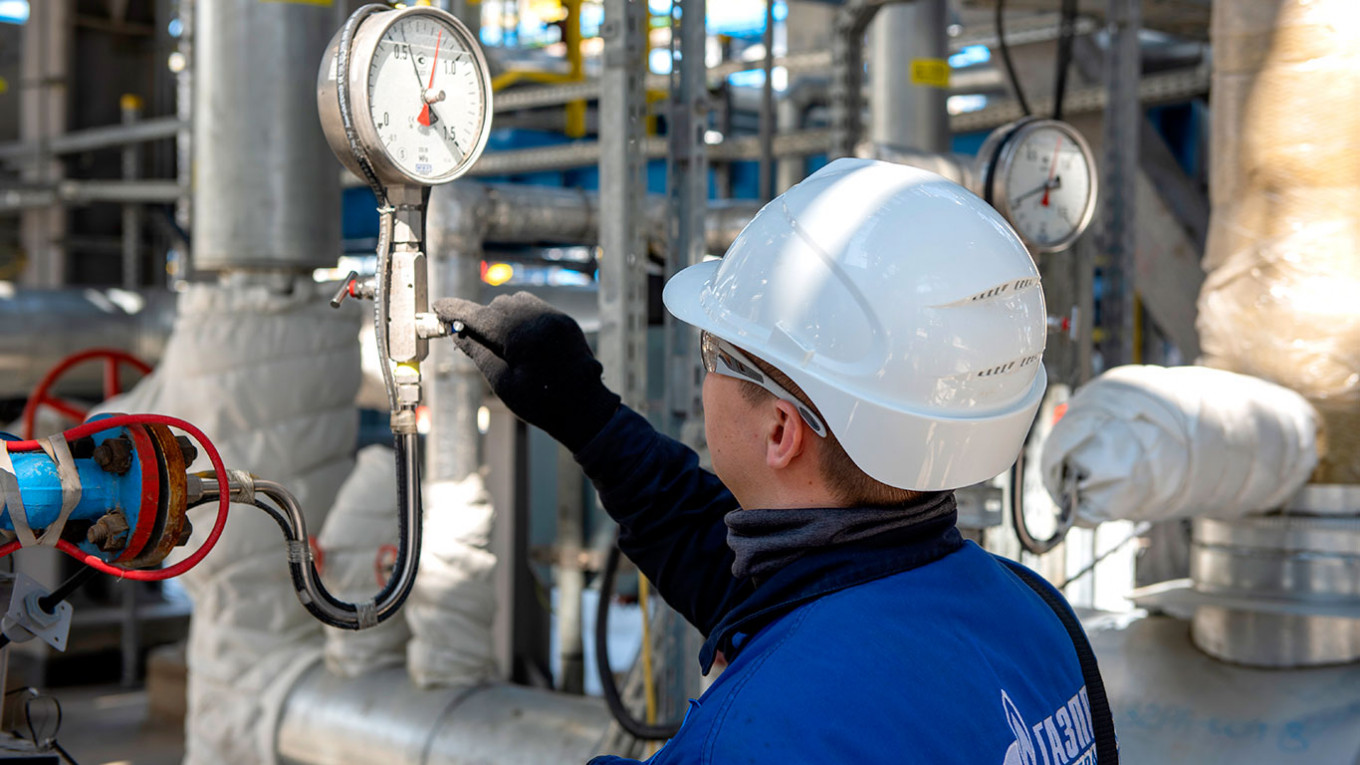Gas distribution installations play a vital role in delivering a reliable and efficient supply of natural gas to homes, businesses, and industries. As technology advances and sustainability becomes a key focus, the landscape of Générateur d’oxygène is undergoing a transformation. This article explores the evolution of gas distribution installations, highlighting key advancements, challenges, and the future trajectory of this critical infrastructure.
- Smart Technologies Enhancing Efficiency: Gas distribution installations have witnessed a significant upgrade with the integration of smart technologies. Advanced sensors, real-time monitoring systems, and automated controls are now standard features, allowing for the seamless detection of leaks, pressure variations, and other anomalies. These innovations not only enhance operational efficiency but also contribute to the overall safety of gas distribution networks.
- Pipeline Integrity and Asset Management: Maintaining the integrity of gas pipelines is paramount for ensuring a safe and reliable gas supply. Modern gas distribution installations incorporate sophisticated asset management systems that utilize predictive analytics to assess the condition of pipelines. This proactive approach allows for timely maintenance and replacement, minimizing the risk of leaks or failures.
- Safety Measures and Emergency Response: Safety remains a top priority in gas distribution. Advanced safety measures, including automatic shut-off valves and emergency response protocols, have been integrated into modern gas distribution installations. In the event of a leak or other emergencies, these systems can swiftly isolate affected areas, preventing further incidents and ensuring the safety of both consumers and the environment.
- Renewable Gas Integration: With the global push towards sustainable energy sources, gas distribution installations are evolving to accommodate renewable gases such as biogas and hydrogen. The blending of traditional natural gas with these renewable alternatives is gaining traction, contributing to reduced carbon emissions and a more environmentally friendly energy mix.
- Challenges and Solutions: Despite the advancements, challenges persist in the realm of gas distribution installations. Aging infrastructure, regulatory complexities, and public perception are some of the hurdles that industry stakeholders face. Solutions involve strategic investments in infrastructure upgrades, collaboration between public and private sectors, and effective communication to address concerns and build trust within communities.
- Future Outlook: The future of gas distribution installations lies in a combination of innovation and sustainability. Continued research and development will lead to more efficient technologies, enhanced safety features, and seamless integration with renewable energy sources. As the industry evolves, a holistic approach that balances economic viability, environmental responsibility, and societal well-being will shape the next generation of gas distribution infrastructure.
Conclusion:
Gas distribution installations are undergoing a transformative phase, driven by advancements in technology, safety measures, and the integration of renewable gases.
